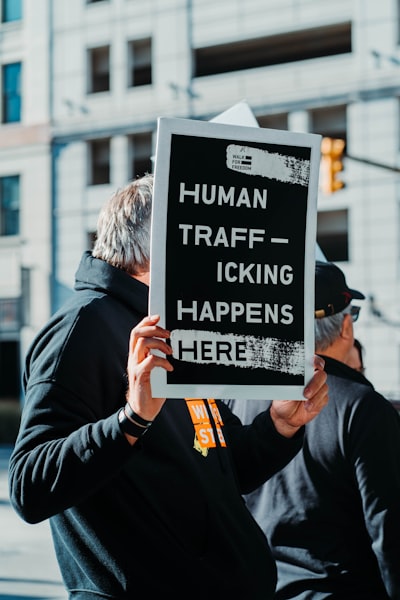The Dark Intersection: Artificial Intelligence, Human Trafficking, and Online Scams
Human trafficking-fuelled scam centers are no longer a shadowy backroom problem limited to South-east Asia—they’ve exploded into a staggering, global crisis. According to recent reports by Interpol, these cybercrime syndicates have now infiltrated West Africa, the Middle East, Central America, and more, leveraging AI-driven technology and sophisticated social engineering to exploit victims in new and alarming ways.
The Rise of AI in Global Human Trafficking Scams
The fusion of artificial intelligence (AI) and criminal activity has transformed traditional scam operations into highly automated, scalable machines. Crime networks deploy AI-powered tools to:
- Craft convincing fake job ads, tricking unsuspecting job seekers.
- Generate deepfake images and profiles to operate romance scams and sextortion.
- Automate messaging and social media outreach, targeting users worldwide.
These tactics make scams increasingly difficult to detect—both for potential victims and for law enforcement.
The Human Toll: Victims on Both Sides of the Screen
Victims of these scams fall into two central categories:
- Trafficked workers—Lured by bogus job offers, then detained, threatened, or tortured, forced to perpetuate online fraud and financial crime.
- Online scam victims—Individuals across the globe deceived by fake investments, romance scams, and online gambling, oftentimes losing life savings and stability.
Interpol brands this as a double-edged threat: not only exploiting forced labor, but defrauding countless online users worldwide.
Why These Scams Are Spreading Worldwide
Key reasons for the global expansion include:
- Digital connectivity: Scammers can now reach victims anywhere through social media, messaging apps, and online platforms.
- Profitable model: Forced labor keeps operational costs low, while automation and scale boost criminal earnings.
- Weak regulation and enforcement: Countries with limited cross-border cooperation present havens for such networks.
- Expanding trafficking routes: These syndicates are also smuggling drugs, weapons, and wildlife, using intertwined routes for various crimes.
AI and Deepfakes: The New Criminal Toolkit
AI’s biggest threat is its ability to generate hyper-realistic, scalable scams. For example:
- Deepfake technology: Using AI to simulate familiar faces or voices, making video calls or voice messages that appear real.
- Automated phishing: Large-scale, personalized messages created by bots trick more users than ever before.
- Fake documentation: ID cards, certificates, and even contracts that pass digital scrutiny, trapping victims more easily.
Protecting Yourself and Your Organization
With the surge in AI-powered cybercrime, everyone is a potential target. Here are key steps to stay safe:
- Be skeptical of unsolicited job offers, especially those requiring relocation or advance payments.
- Verify company and recruiter credentials via official channels and trusted job boards.
- Enable multifactor authentication on your online accounts.
- Educate employees and loved ones about common scam tactics and red flags.
- Report suspicious content to authorities or platforms—early warnings can prevent wider harm.
International Solutions: Cooperation and Tech Partnerships
Interpol’s urgent Orange Notice underscores the need for:
- Cross-border intelligence sharing to hit scam networks where they operate.
- Strong legal frameworks to ensure rapid, coordinated police responses.
- Tech sector involvement: Platforms such as social media networks and banking apps play a critical role in detection and prevention.
- NGO support for victims, offering escape routes and rehabilitation.
Frequently Asked Questions (FAQ)
Q: What are human trafficking-driven scam centers?
A: Facilities where victims, often trafficked under false pretenses, are forced to run online fraud schemes, targeting people worldwide.
Q: How does AI make these scams more dangerous?
A: AI automates the creation and targeting of scams, and deepfakes make fraudulent profiles more convincing, increasing the reach and effectiveness of criminal campaigns.
Q: How can I recognize a fake job ad or scam?
A: Beware of job offers with salaries that seem too good to be true, requests for upfront payment, lack of verifiable company info, and poor English or generic messages.
Conclusion: Vigilance and Collaboration Are Critical
The spread of AI-powered human trafficking scams is a pressing global security threat. Staying updated, informed, and cautious—combined with international cooperation—are our best tools against these evolving cybercriminal enterprises. If you suspect a scam or trafficking activity, report it promptly to authorities or organizations like Interpol. In the digital age, fighting back against sophisticated online threats requires all of us to stay one step ahead.
Further Reading:

Comments
No comments yet. Be the first to comment!